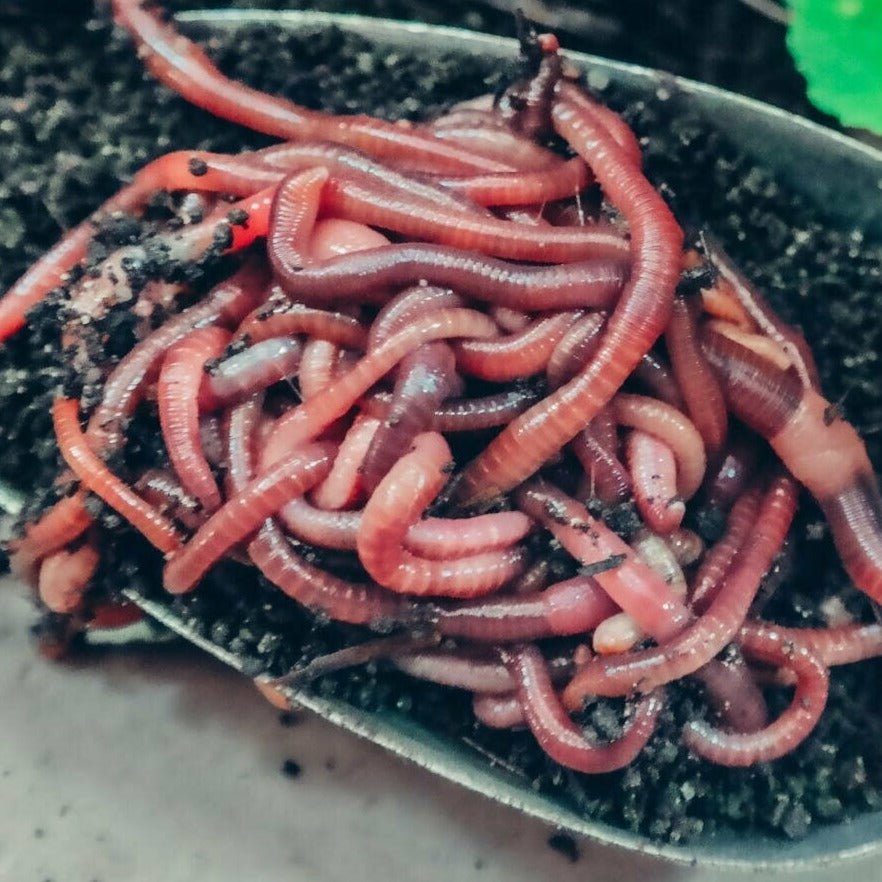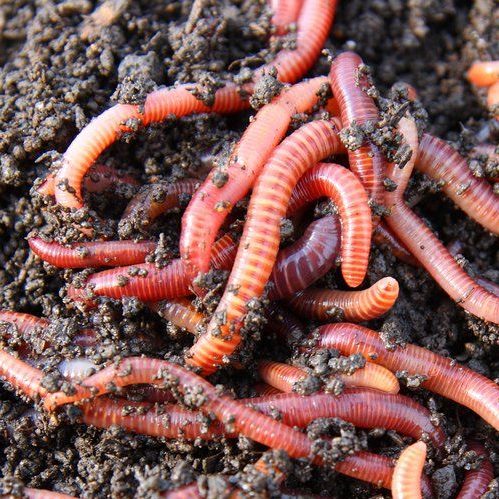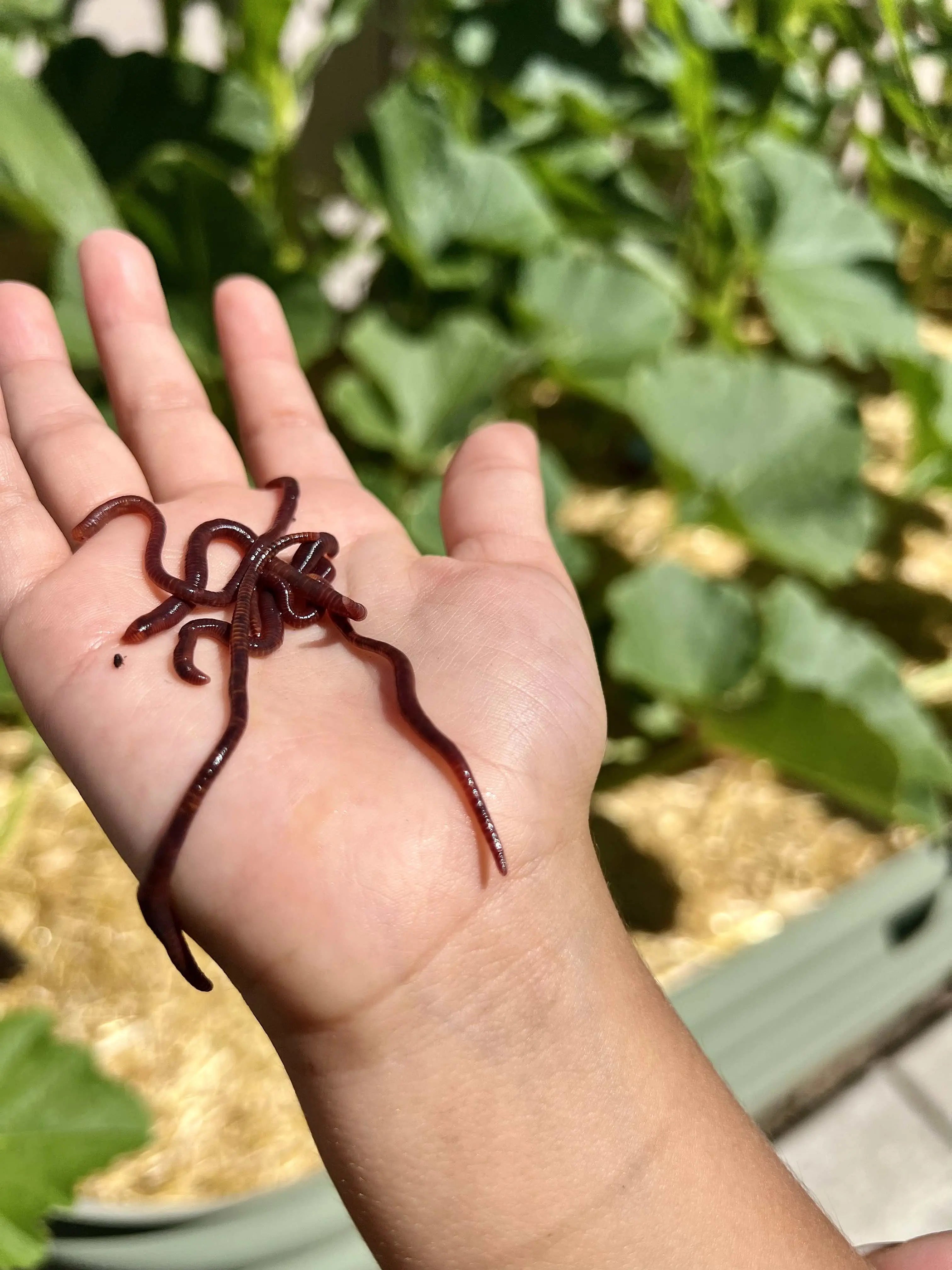Keep Your Lawn Green and Healthy with Expert Guidance from Lake Hickory Bait
Keep Your Lawn Green and Healthy with Expert Guidance from Lake Hickory Bait
Blog Article
Open the Secrets of Red Wigglers: Your Guide to Composting Success
The integration of red wigglers into composting techniques presents a substantial chance for boosting dirt wellness and promoting sustainability. Recognizing their demands and actions is vital for maximizing their possibility, from establishing up a suitable worm container to feeding them the best products.

What Are Red Wigglers?
(Lake Hickory Bait)Red wigglers, medically understood as Eisenia fetida, are a varieties of earthworm mostly used in composting because of their amazing capacity to break down natural matter efficiently. These worms are characterized by their reddish-brown pigmentation and a segmented body, generally gauging in between 3 to 4 inches in size. Unlike various other earthworm species, red wigglers prosper in rich, natural settings, making them ideal for vermicomposting systems.
Native to North America, they are commonly located in decaying leaves and garden compost heaps, where they play a vital role in nutrient recycling. Their adaptation to staying in a damp, cardio atmosphere enables them to take in huge quantities of organic waste, breaking it down right into nutrient-rich castings that enhance dirt health.
Red wigglers duplicate rapidly, with a single worm qualified of generating several cocoons each week, each including numerous hatchlings. Comprehending the biology and actions of red wigglers is vital for optimizing their possibility in composting applications.
Advantages of Utilizing Red Wigglers
Taking advantage of the power of red wigglers in composting provides many benefits that improve soil health and wellness and promote lasting waste monitoring. These amazing organisms effectively damage down natural matter, changing cooking area scraps and yard waste into nutrient-rich vermicompost. This completed item is extremely beneficial for plant development, as it boosts dirt structure, boosts moisture retention, and boosts nutrient accessibility.

(Red Wiggler Express)Furthermore, the existence of red wigglers in your composting system can speed up the composting process, generating high-quality garden compost in a fraction of the time contrasted to typical approaches. The spreadings generated by these worms are additionally including useful microbes that better improve the soil ecosystem.
Setting Up Your Worm Container
Creating an effective worm container is a simple process that can dramatically enhance your composting initiatives. The primary step is choosing an ideal container. Worm containers can be made from plastic storage space containers, wooden boxes, or readily available worm bins. Make certain the container has appropriate drain and ventilation openings to preserve ideal moisture levels and air movement.
Next, prepare the bed linens product, which offers as the worms' environment. A mix of shredded newspaper, cardboard, and coconut coir works well, providing a comfy setting for the worms.

Feeding Your Red Wigglers
To make sure the health and performance of your red wigglers, it is important to give them with a balanced diet that fulfills their dietary needs. Red wigglers grow on a diverse variety of organic products, which not only provide needed nutrients but likewise advertise efficient composting.
Beginning by including kitchen area scraps such as vegetable peels, fruit cores, and coffee premises. Avoid citrus fruits, onions, and garlic, as these can be detrimental to worm wellness. In addition, present shredded paper, cardboard, and completely dry leaves to create a well-aerated environment.
Feeding frequency ought to be monitored; generally, worms can take in half their body weight in food weekly. It is important to stay clear of overfeeding, as excess food can result in undesirable odors and draw in insects. A great technique is to include food in little amounts, permitting worms to process it before introducing a lot more.
Maintaining wetness levels is likewise important; the bed linen should be damp however not soaked. Be certain to regularly inspect the temperature and pH degrees of the bin to make certain an optimal setting for your red wigglers, ultimately improving their composting efficiency.
Harvesting and Making Use Of Compost
A successful composting procedure with red wigglers finishes in the abundant, dark compost recognized as vermicompost, which can dramatically enhance dirt health and plant growth. Harvesting this nutrient-dense product commonly occurs every 3 to 6 months, depending on the dimension of your system and the amount of natural issue being processed.
To collect, gently different the compost from the worms and any type of undecomposed materials. One reliable technique includes moving the contents of the container to one side and adding fresh bedding and food to the void, motivating the worms to migrate. After a few days, the compost can be collected from the contrary side.
It is important to use vermicompost correctly to optimize its benefits. It can be made use of as a leading dressing for yard beds, mixed right into potting soil, or made into a nutrient-rich fluid plant food recognized as "worm tea." This application technique aids to deliver crucial nutrients directly to plant roots, promoting healthier growth. By including vermicompost right into your horticulture regimen, you not just reuse natural waste yet likewise produce a thriving ecosystem that supports sustainable horticulture practices.
Verdict
In summary, red wigglers offer as exceptional allies in composting efforts, changing natural waste right into nutrient-rich vermicompost. By understanding the optimum conditions for their environment, feeding requirements, and garden compost harvesting strategies, gardeners can improve dirt health and wellness and advertise plant vitality.
Report this page